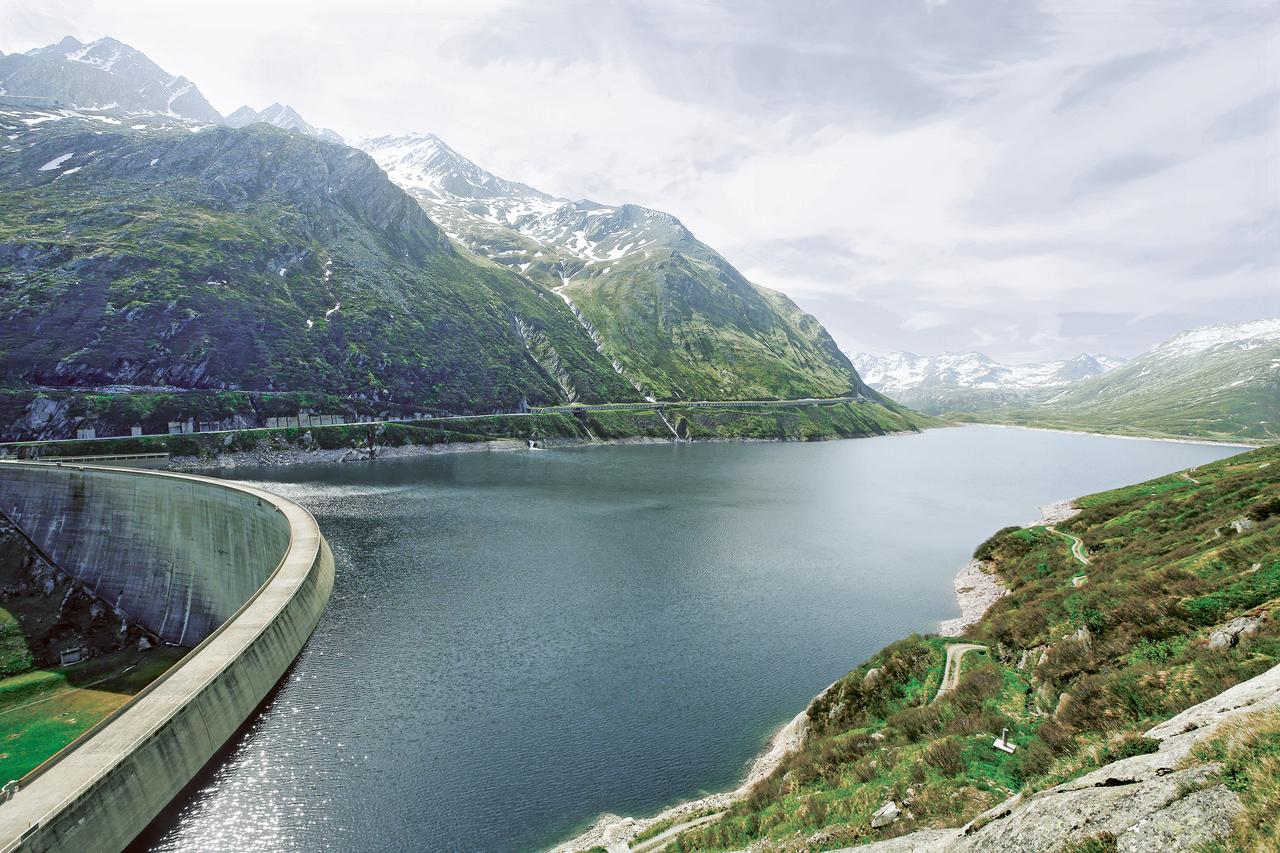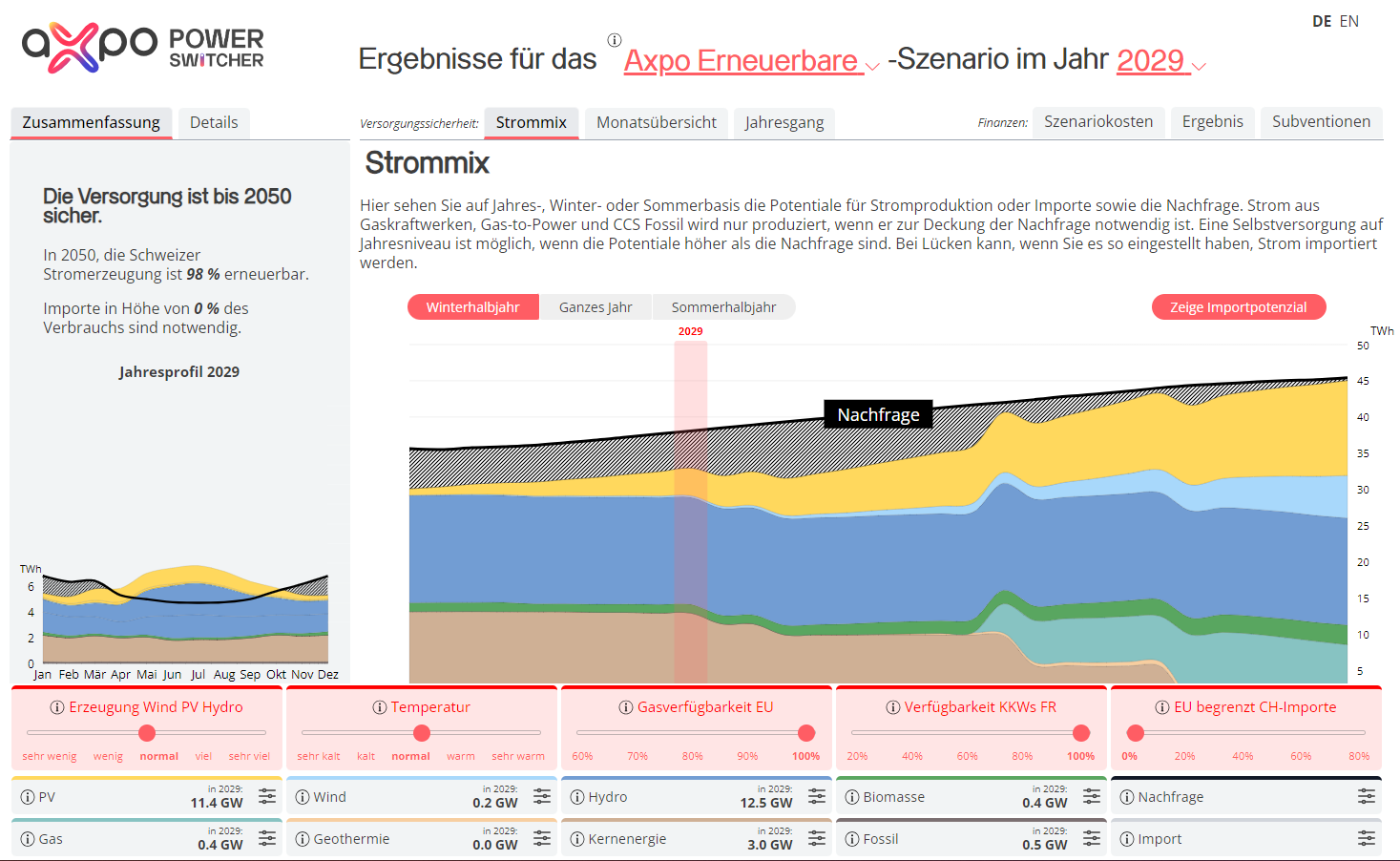18.02.2020 | Study by the ETH Lausanne: Solar potential amounts to about 24 TWh
Solar energy from Swiss rooftops
There are around 9.6 million buildings in Switzerland. Over half of their rooftops are suitable for solar plants according to a study by the ETH Lausanne. They could generate about 24 terawatt-hours (TWh) of solar power, which is ten times more than today’s production. This volume corresponds to about 40 per cent of the current annual power demand in Switzerland.
If Switzerland wants to get away from fossil energy sources and become climate-neutral by 2050, photovoltaics will play a key role. Researchers at the ETH Lausanne (EPFL) have performed the most precise calculations ever on how large this potential could be. The scientists in Jean-Louis Scartezzini's group reported their results in the scientific journal "Applied Energy".
The EPFL researchers combined algorithms (machine learning) with geographical information systems and physical models for their study in order to estimate the total rooftop surface that could be equipped with photovoltaic systems. The algorithm took into account the size of roof surfaces, their orientation and the location, e.g. in the midst of a city or in the countryside. Installation specifications for photovoltaic plants were also included. Combined with data on sun radiation, the researchers calculated the first hourly profile for photovoltaic potential.
The result: Solar panels could be installed on 55 per cent of the roofs. Even if they are only installed on roofs with a southern exposure, the output could cover over 40 per cent of current annual power demand in Switzerland. If solar panels were installed on all suitable roofs, the capacity of existing systems could be increased tenfold to about 24 TWh. Owing to the method used and the variable sun radiation, this volume could be 9 TWh more or less.
Winter deficit persists
Thanks to the hourly profile that the EPFL study calculated, power generation can be measured in relation to demand. A deficit in winter and during the night stands in contrast to a surplus in summer. The researchers suggest that in order to compensate this, hydropower could be used for energy storage, and large-scale wind power could serve as a stopgap.
Solar energy in the mountains could also help fill the winter power gap. The first large-scale alpine solar plant in Switzerland is in planning at the Limmern pumped storage plant's Muttsee dam. With the 2-megawatt pioneer project, Axpo is driving forward the expansion on renewable energies in Switzerland. The plant will generate about half of its power production during the winter.

Earlier studies
The Swiss Federal Office of Energy (SFOE) also estimated solar potential on Swiss rooftops and building façades in two studies in 2018 and 2019. The results on potential were significantly higher. Overall the SFOE estimated solar potential on roofs at 50 TWh with building façades generating an additional 17 TWh.
The responsible EPFL researchers say that for a long time exact data on buildings and their environment was lacking, and calculations were subject to considerable uncertainties.
In their study, the precision of these calculations was improved decisively thanks to high data and spatio-temporal resolution.
Those who would like to get a personal picture about the solar potential of their house or apartment building can do so under this link.




.jpg)





